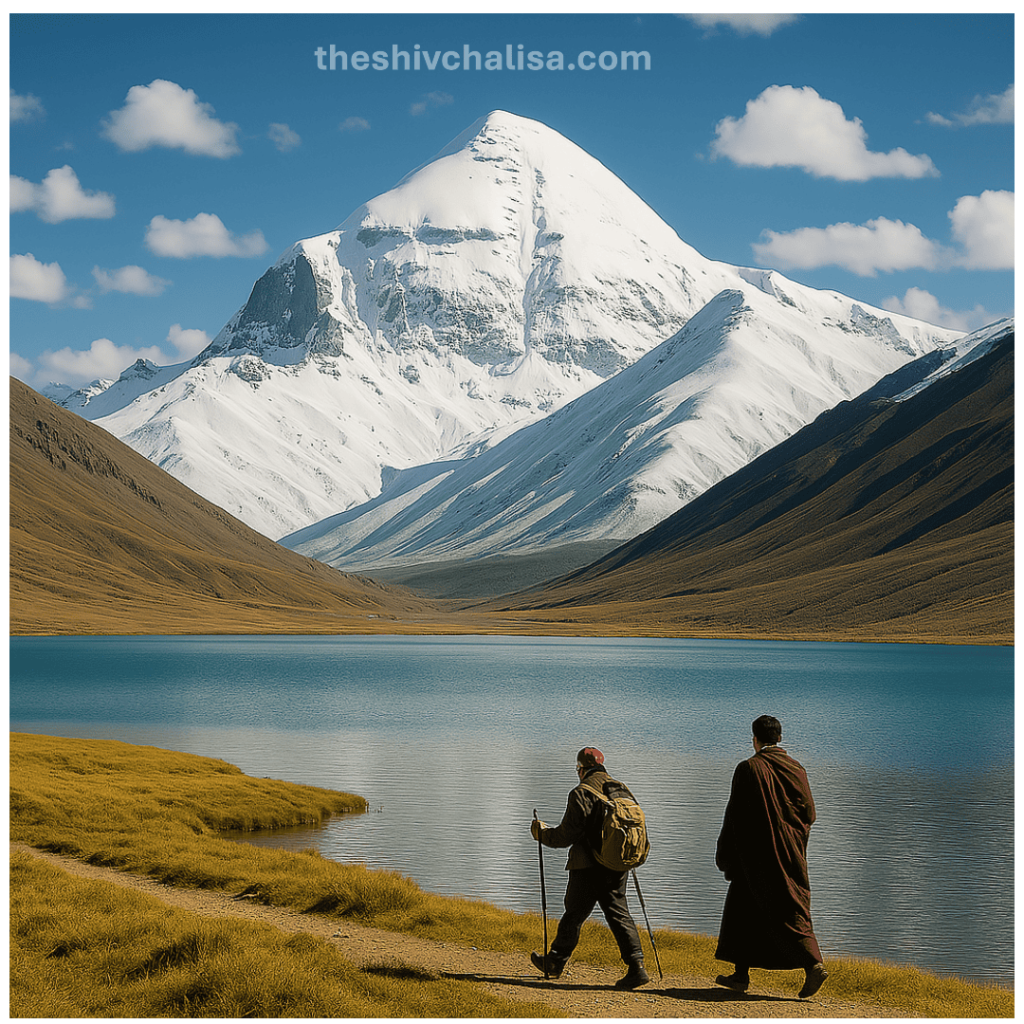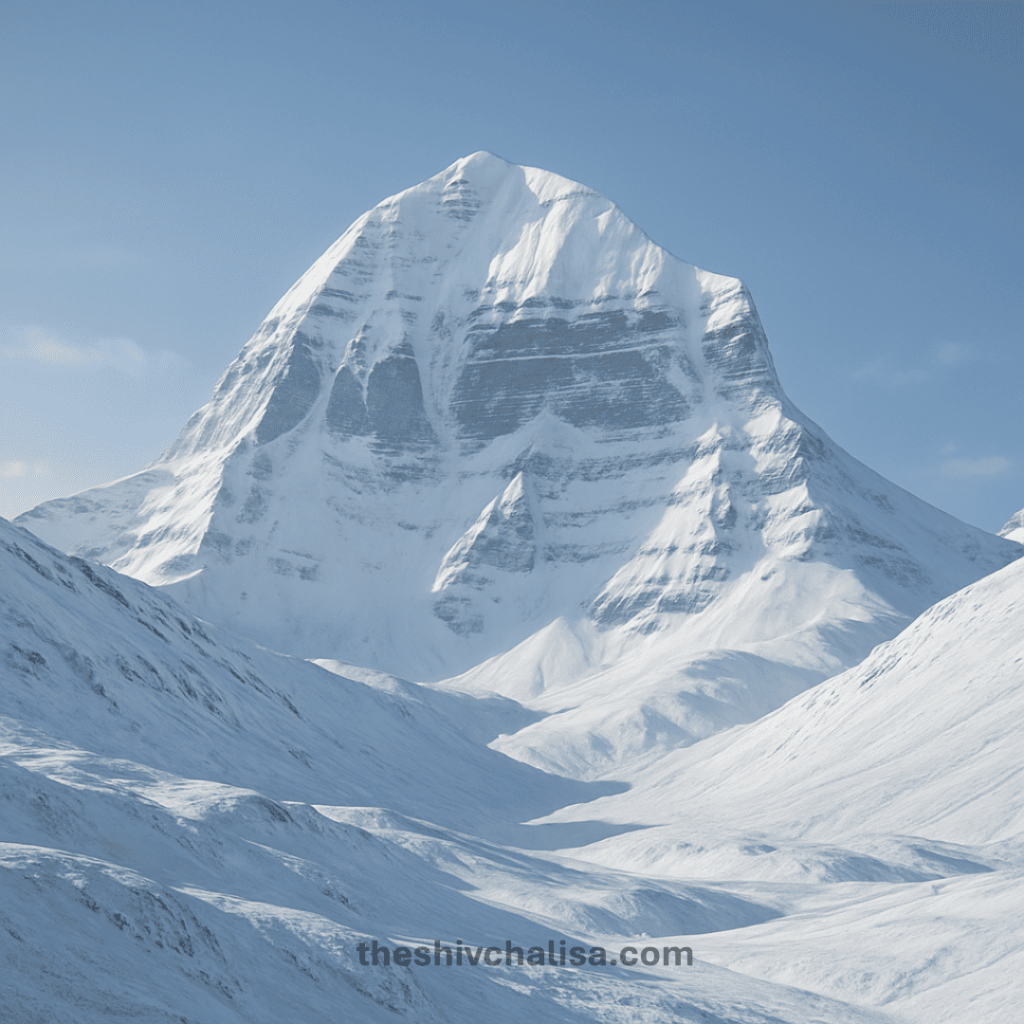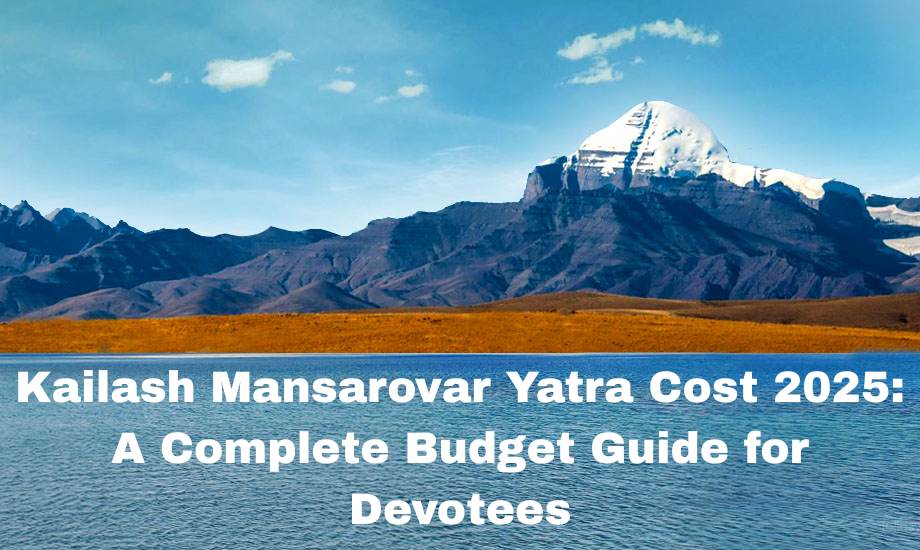The Kailash Mansarovar Yatra is more than just a pilgrimage—it’s a soul-stirring journey of devotion, endurance, and deep spiritual awakening. Nestled in the remote reaches of Tibet, Mount Kailash is believed to be the abode of Lord Shiva, and the sacred Mansarovar Lake is revered for its divine purity. For thousands of devotees each year, this yatra is a once-in-a-lifetime experience. But with high altitudes and remote terrain comes the need for detailed planning—especially when it comes to your budget.
If you’re preparing for the 2025 yatra, here’s your ultimate cost breakdown to help you budget wisely and make your journey smoother and more fulfilling.
Also Read-108 Names of Lord Shiva in Hindi, English, Sanskrit
🗺️ Overview of the Kailash Mansarovar Yatra Route (2025 Options)
There are primarily two ways Indian pilgrims undertake this yatra:
- Government of India (MEA) Route via Lipulekh Pass (Uttarakhand)
- Private Tour Operators via Kathmandu (Nepal) and onward to Tibet
For 2025, the Nepal-Tibet route remains the most popular and accessible for a majority of devotees.
💰 Complete Cost Breakdown (Estimated)
| Expense Category | Estimated Cost (INR) |
|---|---|
| International & Domestic Travel | ₹20,000 – ₹40,000 |
| Permits & Visa Fees | ₹10,000 – ₹20,000 |
| Accommodation (10–14 days) | ₹15,000 – ₹25,000 |
| Meals (daily basis) | ₹10,000 – ₹15,000 |
| Local Transport in Tibet | ₹70,000 – ₹90,000 |
| Pony/Porter for Parikrama | ₹10,000 – ₹20,000 |
| Medical Insurance | ₹5,000 – ₹10,000 |
| Miscellaneous & Donations | ₹5,000 – ₹8,000 |
| Total Estimated Budget | ₹1,50,000 – ₹2,50,000 |
🛂 Permit and Documentation Costs
Traveling to Mount Kailash requires multiple clearances:
- Chinese Visa
- Tibet Travel Permit
- Aliens Travel Permit
- Restricted Area Permit
These are usually bundled in your tour package if you go with a registered operator.
Also Read-50+ Shiv Ke Anmol Vachan🏕️ Accommodation and Facilities
- Basic guesthouses and shared tents are common. Don’t expect luxury, but the spiritual atmosphere makes up for it.
- Carry your own sleeping bag, toiletries, and warm clothing.
🍛 Food and Water
- Meals are typically vegetarian and basic: rice, dal, boiled vegetables, tea, etc.
- Carry dry snacks, instant food, and ORS sachets for emergencies.
- Always drink boiled or bottled water to prevent altitude-related illnesses.
🐎 Kora (Parikrama) Costs
- The Mount Kailash Kora (circumambulation) is a tough 3-day trek around the sacred mountain.
- You can hire:
- A pony: ~₹10,000–₹15,000
- A porter: ~₹8,000–₹10,000
- Many senior devotees opt for these services for safety and comfort.
🩺 Medical and Safety
- Altitude sickness is real. Get a full medical check-up before the trip.
- Carry:
- Portable oxygen cans
- Altitude sickness medication (Diamox)
- First aid kit
- Travel insurance is mandatory and should cover high-altitude evacuation.
🕉️ Spiritual Preparation Tips
- Chanting Om Namah Shivaya, Shiv Chalisa, or Maha Mrityunjaya Mantra regularly before the journey helps build mental focus and energy.
- Read up on the spiritual significance of the Kailash Parikrama to deepen your experience.
Also Read- 100 महादेव हिंदी शायरीConclusion
The Kailash Mansarovar Yatra 2025 promises not just the breathtaking views of the Himalayas, but a deep inner journey to one’s spiritual self. With proper planning, budgeting, and heartfelt devotion, this pilgrimage becomes an unforgettable experience. May Lord Shiva guide your steps and bless your path.

🙋♂️ FAQs: Kailash Mansarovar Yatra Cost & Planning (2025)
1. What is the cheapest way to do the Kailash Mansarovar Yatra?
The most budget-friendly route is usually the MEA-organized Lipulekh route, but it involves trekking and high physical demands. The Nepal route offers easier access but is slightly more expensive.
2. Is the Kailash Mansarovar Yatra open to all Indian citizens?
Yes, but it requires medical fitness and valid documents. People with serious heart or respiratory conditions are advised against it.
3. Can I go alone or do I need to join a group?
You must travel with a registered tour group for Tibet entry permits. Solo travel is not allowed in the restricted region.
4. Are children allowed on the yatra?
It is not recommended for children below 10 years due to extreme altitudes and difficult conditions.
5. Can I get a refund if I cancel my yatra?
Most operators offer partial refunds depending on how early you cancel. Always check refund policies before booking.
6. What happens if the weather is bad or I fall ill during the yatra?
Tours are often delayed due to weather. In case of illness, emergency evacuations are arranged if you’re insured. It’s best to be mentally and physically prepared.
7. Are there vegetarian food options available throughout?
Yes, all tour operators provide vegetarian meals suited to Indian dietary habits.
8. Can I carry Indian currency to Tibet?
You’ll need Chinese Yuan (CNY) in Tibet. Most operators will guide you on currency exchange options in Nepal before crossing the border.
9. What’s the best time to go for the yatra in 2025?
The ideal months are May to September, with July and August being peak pilgrimage season. Avoid winter due to snow and blocked passes.
10. Are luxury or premium packages available?
Yes, some operators offer VIP or helicopter packages with better lodging and reduced trekking. These can cost up to ₹4,00,000 or more.

